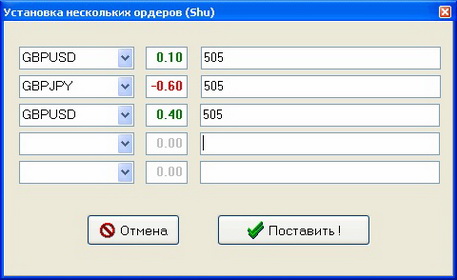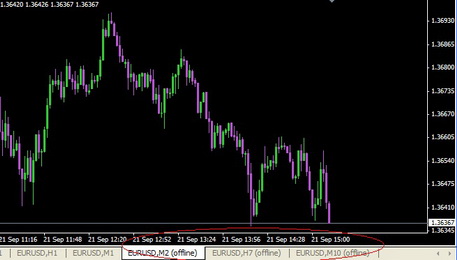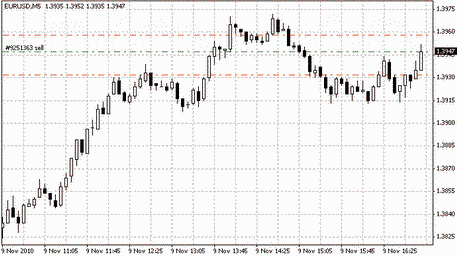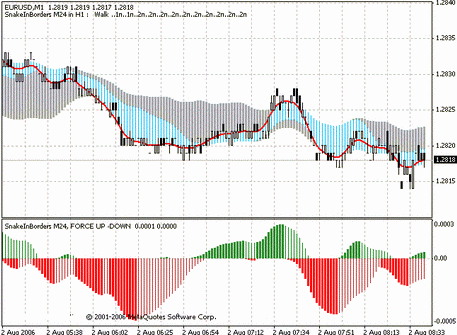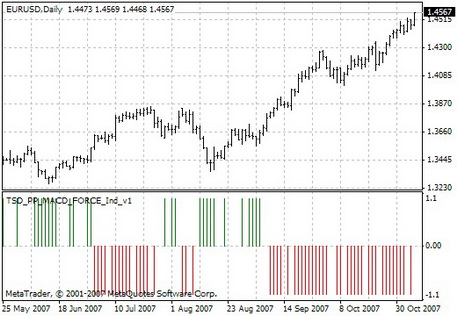
Accumulative Swing Index (ASI)
The Accumulative Swing Index (ASI indicator) is the simplest technical tool that allows determining the long-term price trends. The indicator analyzes the graph of the currency pair movement for a particular period, comparing the opening and closing prices, as well as the minimum and maximum sessions. Based on the analysis, the ASI generates trading signals. In this article, you will learn how to apply the Accumulative Swing Index.
To date, there are a huge number of tools, which help identify the market trend, as well as to determine its strength and direction. One of such instruments is the Accumulative Swing Index (ASI), developed by the famous trader W. Wilder in 1978.
Initially, the program was used to work with futures, but then it was adapted to use on currency and stock trading platforms. Now the robot is actively applied by Forex traders and is even presented among the standard indicators of trading terminals. The latest version of the tool can be downloaded for free on the MTD website.
The tool description
In the MT4, this easy-to-use technical tool is displayed as a linear graph. It determines the long-term trend and is used primarily to control and re-check the price movement. Traders also use the program to identify the divergence and to obtain individual trading signals.

The author himself characterized the Accumulative Swing Index as follows:
- It displays the price fluctuations in quantitative terms;
- It fixes the turning points in small dynamics;
- Analyzing the highs, lows, and close prices of the periods, it allows you to trace the real direction of the market.
If the index line is growing for several bars in a row (3 or more), then the market has a long-term uptrend. When the curve falls for several candles in a row, then a long downward trend has formed.
For more accurate technical analysis, traders sometimes draw the support/resistance levels on the indicator, to compare it with the trend lines. You can see how this helps determine the false level breakdowns or, conversely, to confirm the right ones, on the graph below.

If the figure shows a breakout beyond the price channel, and it's not supported by similar movements of the ASI curve, then it's most likely a false signal. If the actions are synchronous, then the level break took place.
The indicator's signals
Using this tool, a trader can receive the following signals:
- Cross of the support or resistance line;
- Observed price consolidation (no hesitation);
- Divergence (the discrepancy of the price graph and the technical tool lines).
When the support level is broken from top to bottom, it's recommended to open a buy order, because, basically, after that, the price starts to go up. Following this logic, the asset should be sold when the resistance line is broken, as it indicates the nearest trend turn.
As for divergence signals, the ASI displays qualitative indicators, because these are based on closing prices. It ensures that there are no false signals in strong trends so that the trader can safely rely on the tool making trading decisions. So, if the price is "stuck," not reaching the support line, then it's worth to think about the sales of financial instruments, and when this occurs above the resistance level, it will be good to open a purchase order.
Combination with the Exponential MA
Both the authors of indicators and experienced traders, recommend using the indicators in conjunction with the other technical analysis tools. So they are more efficient, and also able to block false signals received from each other.
Mr. Wilder recommended using the ASI with the exponential moving average (EMA) – together they show good results. This pair is a part of the modern trend support strategy. It's quite simple to understand and use, because it doesn't require the trader to have a detailed knowledge of the technical analysis, nor conducting thorough market research. There is a kind of instruction, and following it, you'll make the trade profitable:
- Open a long position (buy an asset) at the closing price, which was set for the current moment, when the indicator exceeded the two-day EMA value of the previous fixed ASI.
- Open a short position (sell the asset) at the closing price, which was set for the current moment, when the indicator didn't exceed the two-day EMA value of the previous fixed ASI.
- Close positions for buying/selling at the established closing price, if the current ASI falls below / rises above the two-day exponential average of the previous index.
As on practice, it's better to open long positions working with such tools – it will be more efficient.
The strategy above has been tested by many traders, including experts in the currency exchange trading, so we recommend you to check it too. The ASI indicator can be downloaded for free on the MTDownloads website. The other technical tools of the leading indicators group are available for free, as well as the latest versions of the other robots.

 English
English
 русский
русский
